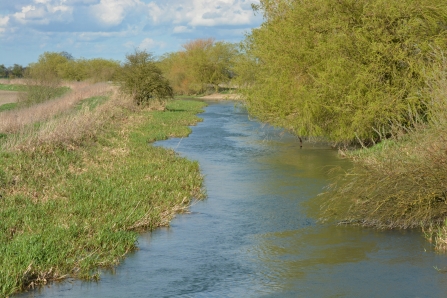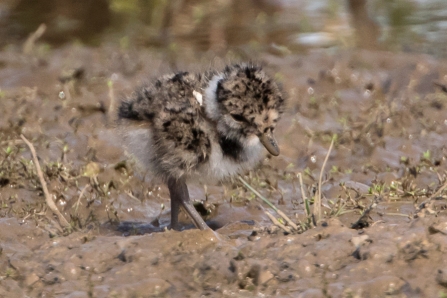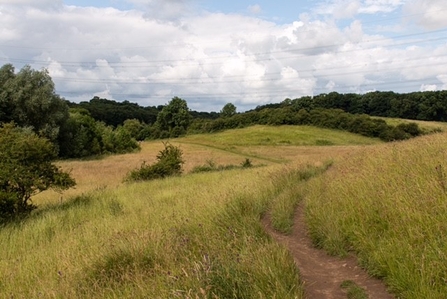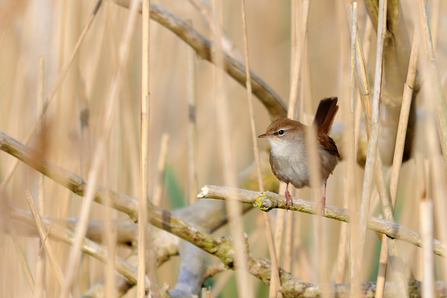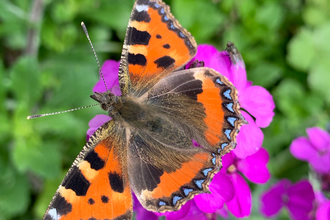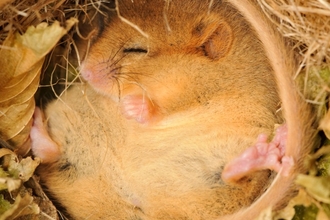April saw a heatwave roll across the UK, with unusual highs of 26C combined with the driest spring in Yorkshire for 90 years. This is a cause for concern for those of us caring for our wildlife and our nature reserves - particularly rare wetland habitats - as well as farmers responsible for food production.
Extreme weather events like these are becoming increasingly common; the highs of 40C during the summer of 2022 came alongside increased periods of intense flash-flooding. There have already been a number of moorland fires across Yorkshire this spring, including a mile-long blaze near Rippendon, with the risk of further wildfires increasing as the dry weather remains.
Chalk streams of the River Hull already 30cm too low
Yorkshire is home to the UK’s most northerly chalk streams, an internationally-rare habitat of which there are less than 200 streams remaining. Our chalk streams are home to equally rare and declining wildlife – from water voles and water shrews to great crested newts and fish.
In ‘ordinary’ years, good quantities of spring rain would keep water levels in our chalk streams high until midsummer. Instead, water levels are already down to those more typically seen in late July and August – and on the Trust’s West Beck chalk stream at Skerne Wetlands nature reserve, water levels are 30cm lower than usual.
Low water levels in chalk streams brings added problems. High temperatures and low flows mean oxygen levels in the water drop rapidly, causing algal blooms and very high nutrient levels that cause problems for fish. Low water levels also dry out pond habitats for amphibians and newts, and increase the risk of them being caught by birds like egrets and herons. Our water voles – already struggling – also suffer when water levels are low. Underwater burrows used as an escape route from birds of prey, stoats and weasels are exposed, and become easily accessible.
Even if rain quantities do increase, the amount of time it would take the water to reach our chalk streams and raise the water table means there is likely to be little improvement for our wildlife for several weeks.

